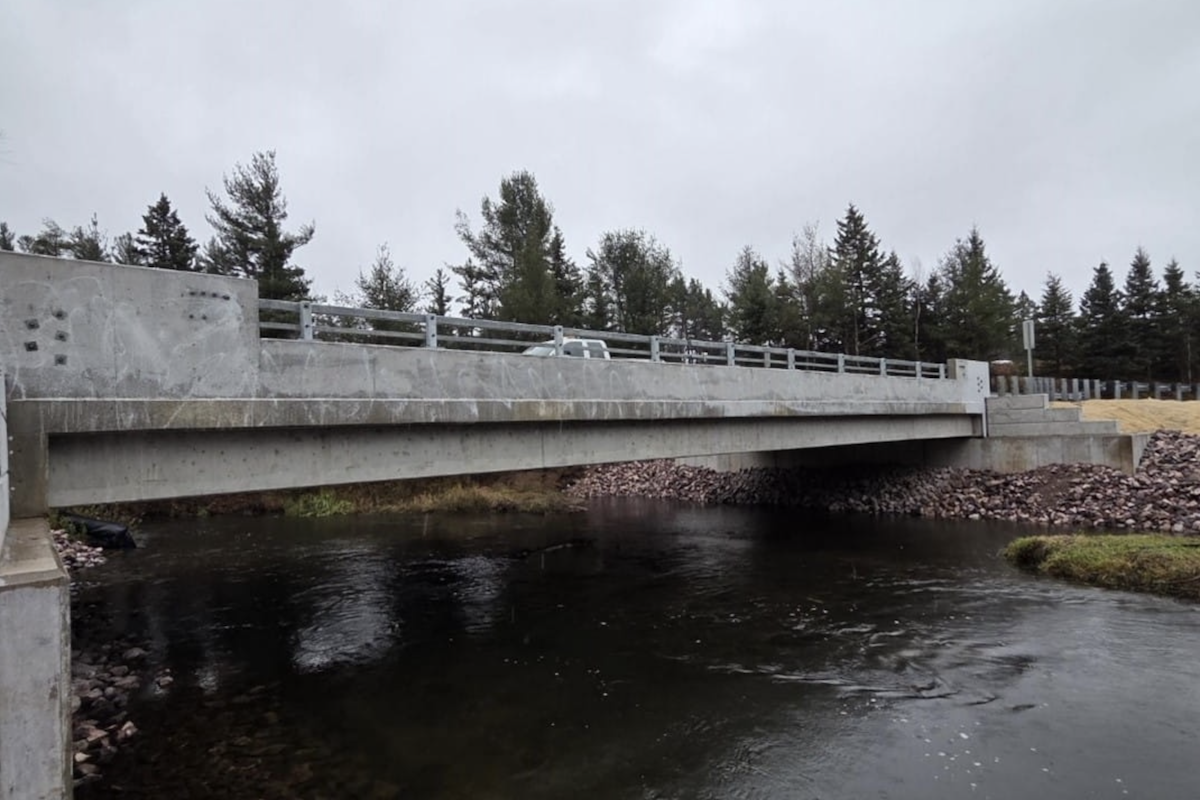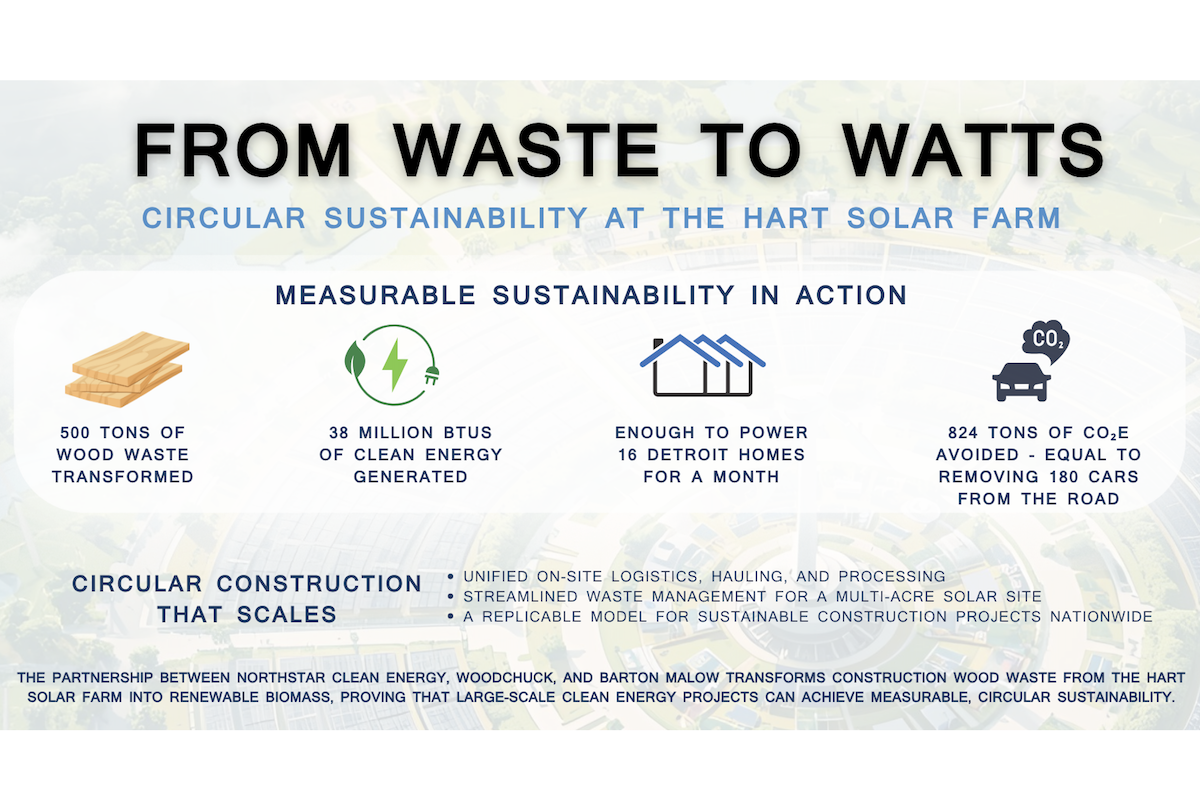The 18-mile stretch was the only four-lane section of I-25, which connects Colorado’s two largest cities, Denver and Colorado Springs. The remainder of the route is a minimum of six lanes.
The average daily traffic count along the gap in 2018 was 80,000 vehicles per day, with 6.5 percent representing commercial vehicles. By 2040, it’s projected to increase to more than 120,000 vehicles per day. No surprise, since Colorado’s population is expected to grow from 5 million to more than 8 million in the next 20 years.
“CDOT recognized the need in the area as it has not been improved since the 60’s,” said Paul Neiman, CDOT Project Director. “CDOT did a preliminary environment linkage study, and we came to see the dire need in the area.”
The increased congestion and population growth have also led to safety issues. Before the project began, over a three-year span there were 14 fatalities along the route, including two State Troopers who were killed while responding to incidents in this corridor. That same three-year span saw 1,500 incidents and 900 of them resulted in injuries.

| Your local Deere & Co dealer |
|---|
| AIS Construction Equipment |
“Because this is a rural section of highway with limited access, one would expect fewer accidents, but that’s not the case,” said Mike McNish, an Area Manager with Kraemer North America, the contractor overseeing the project.
“An Express Lane adds trip reliability,” said Neiman, “as it provides a lane that can be managed to provide maximum output while also pulling traffic out of the general-purpose lanes. This leaves all lanes less congested.”
Vehicles with three or more passengers can use the Express Lane free of charge. Otherwise, vehicles will pay a fee, which will be tracked via switchable transponders.
Currently, there are areas along the gap where the shoulders are 4 feet, leaving no room for maneuverability. The shoulders will be widened to 12 feet on the inside and 15 feet on the outside, which CDOT believes will help traffic flow and allow for quick clearance. Quick clearance is a specific strategy that the first responders in this area practice, as there are no other viable detour routes during incidents that can handle the volumes on I-25.
Other elements of the project include adding a new overlay to the existing pavement, repairing or replacing five bridges, extending ramps, and modernizing technology along the corridor. “We upgraded the fiber backbone in this area as well as installed additional conduit and infrastructure to accommodate added traffic cameras, variable message boards, and future devices along this corridor such as roadside radio and comms for autonomous vehicles,” said Neiman.

| Your local Trimble Construction Division dealer |
|---|
| SITECH Michigan |
Two major interchanges are also being reconstructed.
Therefore, the team is constructing five wildlife crossings and installing 151,000 linear feet of 8-foot-tall deer fencing to prevent animals from jumping over it. “The goal is to funnel the wildlife to the crossings,” said McNish. “As contractors, these are atypical improvements, so we worked closely with the Colorado Parks and Wildlife Department who helped to design a favorable way for the animals to travel.”
The crossings are 100-foot span bridges that allow the animals to go under the road and avoid the traffic. They are strategically placed along the corridor depending on which area saw the highest frequency of incidents. To encourage the animals to use the designated areas, the areas mimicked the animal’s natural habitats.
CDOT projects that their efforts will lead to a 90 percent reduction in wildlife incidents.
Because the route is between the state’s two biggest cities, traffic control has been crucial. “How do we move the materials in and out of the work zone without impacting the public and still maintaining the schedule?” said McNish.

| Your local Deere & Co dealer |
|---|
| AIS Construction Equipment |
Keep in mind the route was already congested, and over the course of the project, the team estimated it would need to get a truck in and out of the work zone every five minutes in order to move 1 million cubic yards of dirt and place 829,000 tons of asphalt and meet the schedule.
Adding to the challenge is the limited access points due to the adjacent highway and phasing. To overcome this, the team built temporary acceleration lanes and used smart work zone devices for truck ingress and egress.
Smart work zone technology includes a slew of traffic detection devices for speed monitoring, visual verification, and data collection.
The project is the first in the state to include an onsite Project Operations Center (POC) to monitor current roadway conditions and assist project personnel and first responders during critical incidents. This operation center is staffed during most project working times and is used to control the smart work zone devices and communicate and coordinate with first responders and the project team of issue within the work zone.
The project is utilizing the Construction Manager/General Contractor (CM/GC) contracting method, an integrated approach in which CDOT, designers, and the general contractor work collaboratively from the start of design through the end of construction to optimize design, ensure constructability, improve the overall quality, and manage costs and risks.

| Your local Deere & Co dealer |
|---|
| AIS Construction Equipment |
The contractor, Kraemer North America, Inc., was selected through an RFP process to provide design consulting services. Their expertise helped with constructability reviews, construction pricing, and value engineering to save money.
“Kraemer helped us engineers design the project and work through problems prior to construction,” said Neiman. “Contractors are masters of schedule and how to get things built, and built efficiently, which helped us innovate.”
“We estimate that using CM/GC delivery method saved two years on the process and reduced the overall construction cost,” said McNish.
Originally, the project had $350 million in funding coming from the state of Colorado, Douglas and El Paso counties, Pikes Peak Rural Transportation Authority and a Federal Infrastructure for Rebuilding America grant. However, more funding was secured, leaving the budget at $419 million. The increase in funding allowed CDOT to upgrade additional infrastructure, originally scoped but not funded. The added funding allowed for a climbing lane, truck chain-up station, and one additional bridge to be constructed. CDOT was also able to address the issue of substantial un-anticipated unsuitable soils found after the start of construction.
When the I-25 South Gap project is complete, commuters will have a more reliable and safer trip between Denver and Colorado Springs, the two largest cities in Colorado.





































































